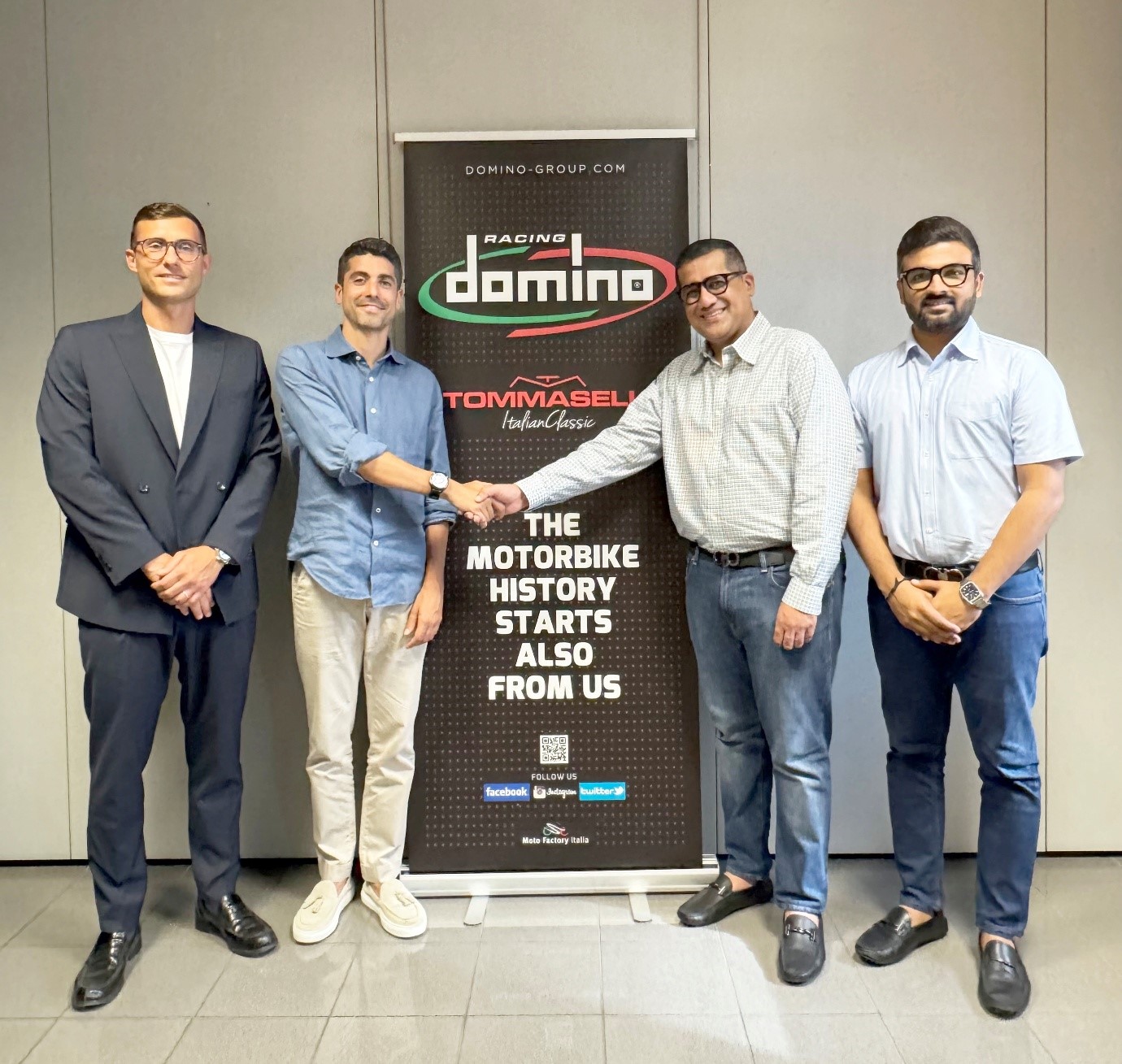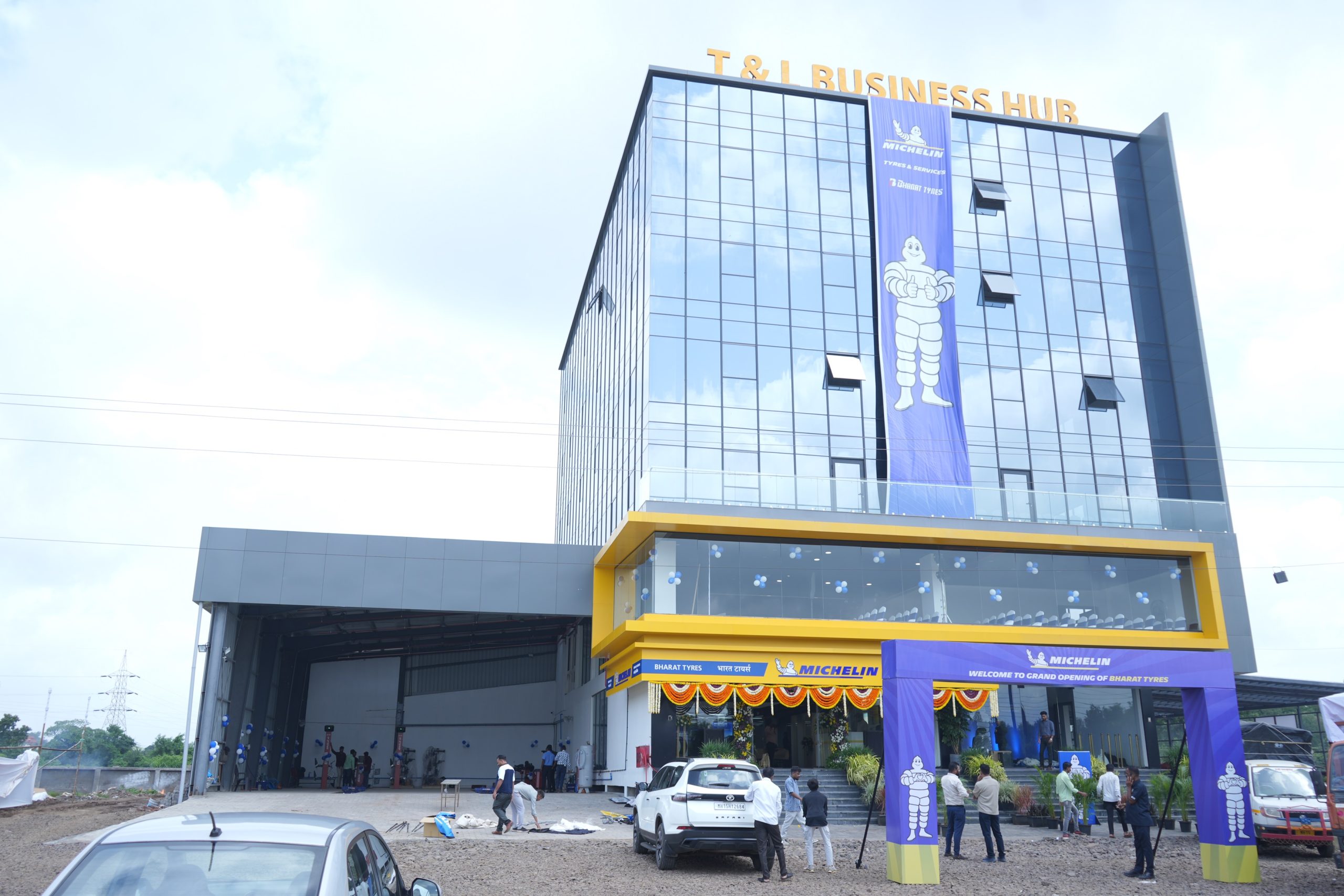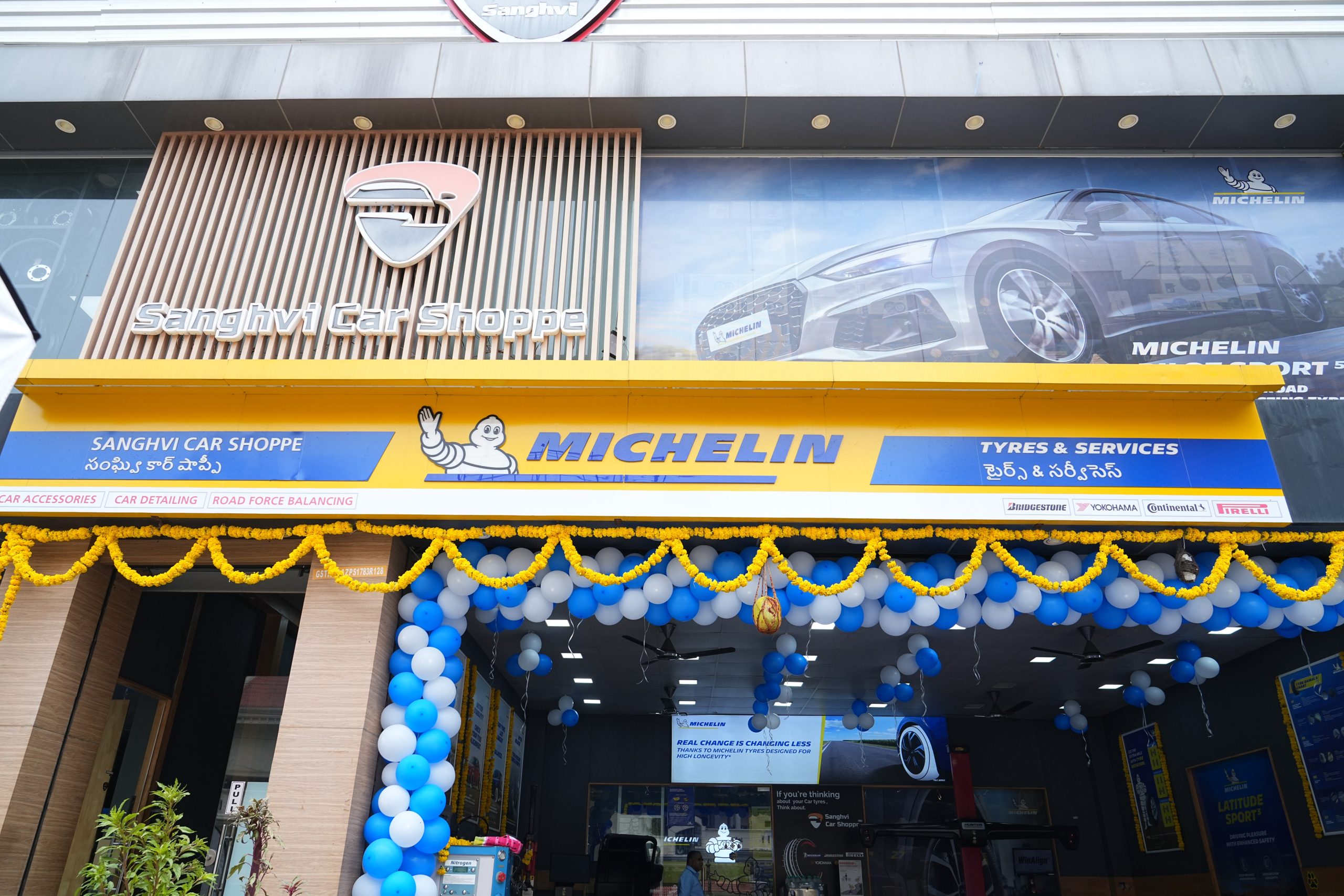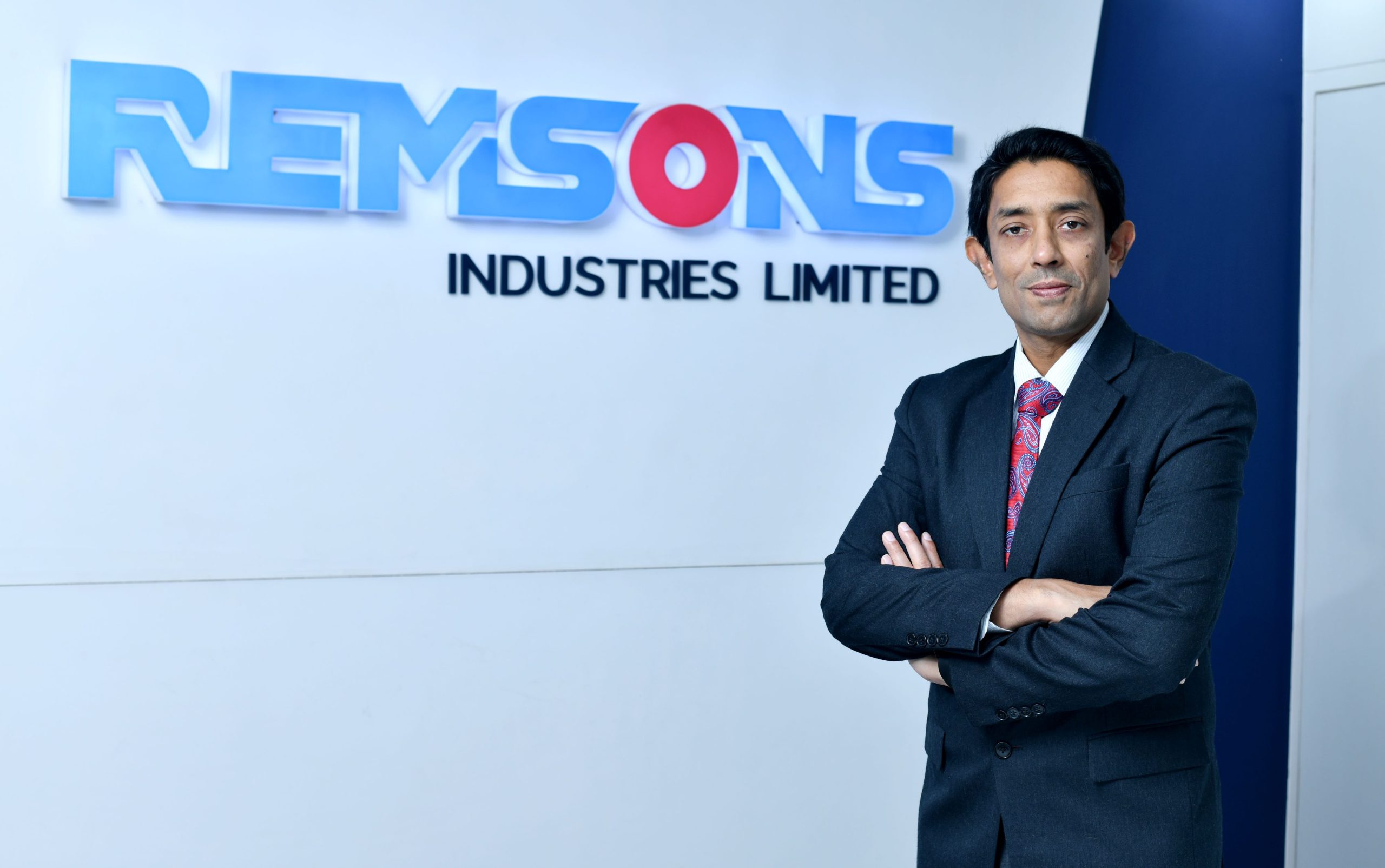By: Sanjay Gupta, Vice President and India Country Manager, NXP Semiconductors
The face of automotive industry is changing and behind all the talks of robo-cars, electric vehicles, and increased car connectivity, car manufacturers are focusing on serving customers’ shifting preferences and more intricate sustainable technological needs. Additionally, multiple other forces are brewing disruption for the automotive industry and paving the way for vehicle electrification. As the world hooks to the debate on whether these decarbonized rides are the future of mobility industry, NXP is enabling this shift and accelerating the development of next-gen electrification and combustion systems.
For more than 50 years, the internal combustion (IC) engine has been powering billions of vehicles without any market disruption. While there have been advancements in fuel efficiency and performance, nothing much has really changed in the way it powers an automobile. Electric cars are disrupting the heart and soul of the automotive.
On one side, the increasing regulatory pressure is forcing governments across the world to reduce carbon emissions from vehicles over time. Recently, China, the world’s largest automotive market pledged to ban fossil fuel-powered vehicles. And they are not fighting this battle alone. The European Union is driving a mandatory lower target for emissions in 2020. Norway aims at selling only zero-emission vehicles by 2025, while the Netherlands wants 50% of cars sold to be EVs by 2025. India too is pushing to sell only electric cars by 2030. As new emission regulations position electric car development as a priority, carmakers are working their way to add modern electric components to the powertrain and meet the growing number of electric vehicle mandates around the world.
Additionally, lifestyle factors, such as carmakers offering desirable electric vehicles that trade on the value of their image, are luring customers to switch from traditional internal combustion engines to alternative fuel engines, low emission or zero emissions powered vehicles.
However, this development comes with a handful of interesting challenges. The automotive design cycle for electric or hybrid vehicles differs significantly from those of internal combustion engines. Compared to the combustion engine, which is a predominantly mechanical machine using electronic components to enhance its efficiency, the electrified engine is straightforward. It uses an electric motor, quite similar to household appliances, with a battery to provide power. The hybrid powertrain on the other hand, is more complex as it combines the complexities of a mechanical motor with an electric motor.
This combination of regulatory and market indicators along with long automotive development cycles makes it imperative for automakers to begin the development of hybrid and electric vehicle systems now — before the next wave of processors for electrification are available. It also gives rise to the bigger challenge facing carmakers today – how do they tap the growing opportunities and quickly design the next generation electrification systems?
This is where NXP comes in. Through the use of components, such as the GreenBox development platform, NXP is providing a simple, out-of-the-box development path for next-generation hybrid and fully-electric vehicles, to both traditional automakers and new market entrants.
So how do carmakers use GreenBox? When a hybrid or electric car is moving, it draws enormous data, including distance, driving conditions, weather and topography. Control algorithms then aggregate these conditions and determine when to toggle between combustion and electric in hybrid models, beside making sophisticated energy decisions. An electric car also needs to decide on about when to charge based on this data. GreenBox development platform helps in developing these control algorithms and test them in a real user environment before the final silicon is available.
While we pace rapidly to roll out hybrid and electric vehicles, another fundamental challenge stands before automotive industry. Considering the increased role of electronics in the automotive industry, it is no more the mechanical engineer-led industry it once was and there is a need for a new variety of electronic and software engineers – ones who possess the capabilities to design these complex vehicles.
This brings us to the growth potential of the various electric system components that constitute a vehicle. The electric powertrain and everything linked to it has enormous growth potential. As electric vehicles are more straightforward to build, entry barriers to the market are lower. This creates a ripe area for new car manufacturers and start-ups to emerge with fresh and bold ideas that focus specifically on electric vehicles and transform the traditional approaches. In contrast, the market presents traditional carmakers a unique opportunity to bridge the gap between the past and the future with hybrid vehicles.
Yet the key thriving in this developing market is efficiently controlling the power in electrified systems. Automakers can achieve this only when they bring together varied key pieces, including zero defects automotive quality, the age-old principles of functional safety and high-volume production and security. Additionally, automakers will also have to tap on big, innovative ideas, such as coupling very high compute power microcontrollers with dedicated peripherals to control, for example, the Lithium-Ion battery packs.
Another rather new aspect that automakers are now touching upon is connectivity with electrification. Automated cars with electrical drivetrains are now replacing the previously used powertrains, which were stand-alone systems without any connection to the outside world. These next-generation automated cars are addressing the drivers’ needs to be connected and feel safe on the road. Keeping this in mind, carmakers are mobilizing themselves to include external data, such as optimum route towards the planned destination and sensor data from the surroundings of the car, all of which optimize the vehicle’s battery range to help purge the range anxiety of drivers.
While the electric vehicle market will surely continue to transform and fling new challenges at automakers, the key to rise in these changing times is realizing that the industry will see more changes in the next ten years than what it saw in the last 50-years. Additionally, automakers will have to be more flexible and respond to the fast-changing market dynamics with the right electrification strategies to stay relevant.









Leave a Reply